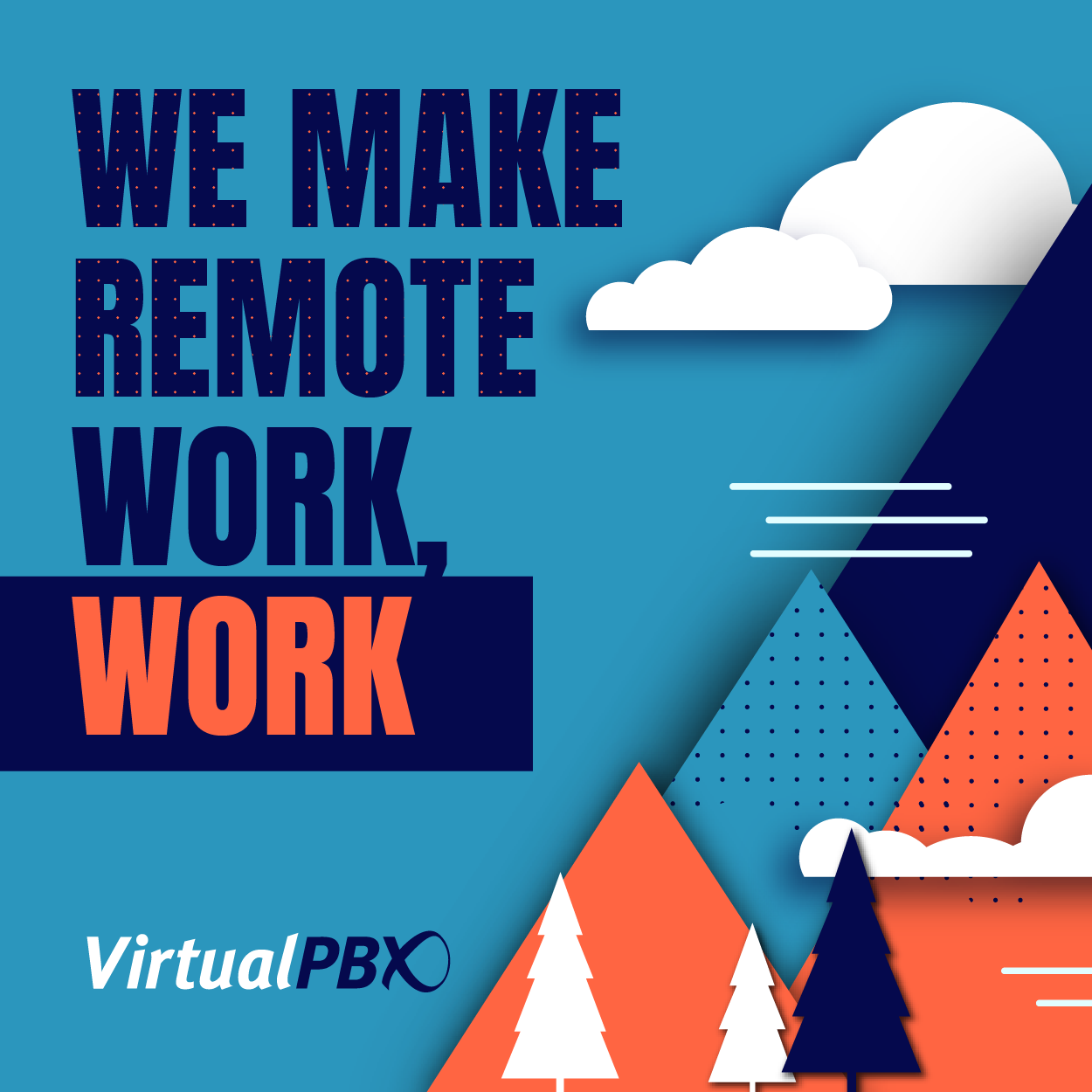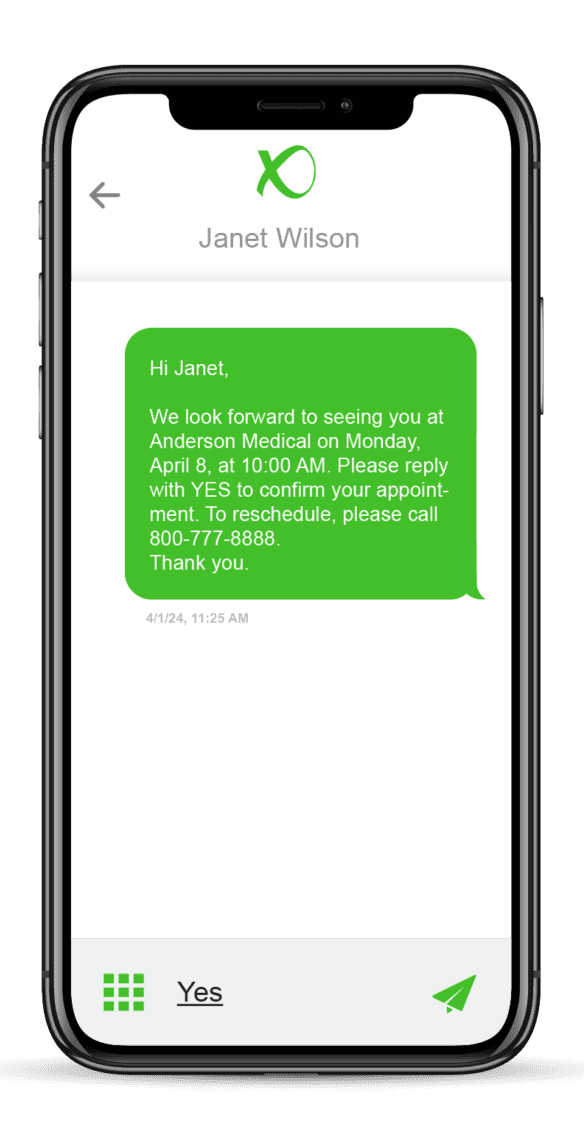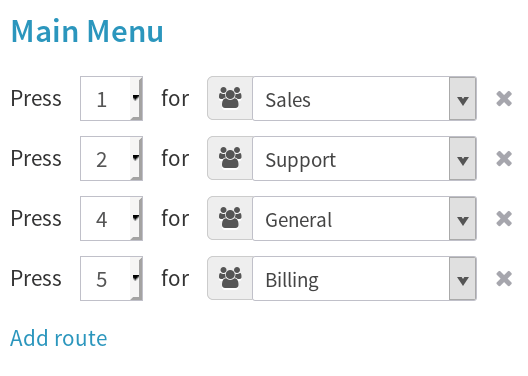 We want to provide you with an overview today about the function of an Automated Attendant in your VirtualPBX phone system. But before we get underway with that task, let’s clarify that we’re all talking about the same basic piece of telecommunication tech when we mention any of the following names: virtual switchboard, auto attendant, virtual receptionist, and automated teller.
We want to provide you with an overview today about the function of an Automated Attendant in your VirtualPBX phone system. But before we get underway with that task, let’s clarify that we’re all talking about the same basic piece of telecommunication tech when we mention any of the following names: virtual switchboard, auto attendant, virtual receptionist, and automated teller.
These terms are thrown around the communications market freely, but customers don’t often understand that phone system providers are typically referring to the same thing – regardless of the term. That said, it’s important to know what our Automated Attendant (or virtual switchboard, receptionist, or teller) does and how it helps your business process inbound calls.
The Basics of User Extensions
In a VoIP phone system like any of the VirtualPBX Phone Plans we offer, users of those plans are given extensions. These are short numeric codes that designate who an individual or group is within the overall system.
A midsize firm could, for instance, assigned the extension of 100 to its CEO, 101 to its CFO, and 102 to its COO. A Ring Group could then be created with the extension 900, and that specific group could refer to the 100-102 extensions as individuals to reach when the 900 is dialed.
Routing of Inbound Calls
Notably, that midsize firm’s virtual switchboard (I mean Auto Attendant… sorry about that) is what will reach those extensions most of the time. To continue the example, this business could organize its Auto Attendant menu to reach the “Management” Ring Group, extension 900, when an inbound caller presses 1 on their phone’s keypad.
Any caller of the business’s main number who is then greeted by the Auto Attendant could have their call reach a Management member simply by pressing 1. The C-suite members of that group would see their devices ring when the inbound caller chose to reach them.
Routing According to Office Hours
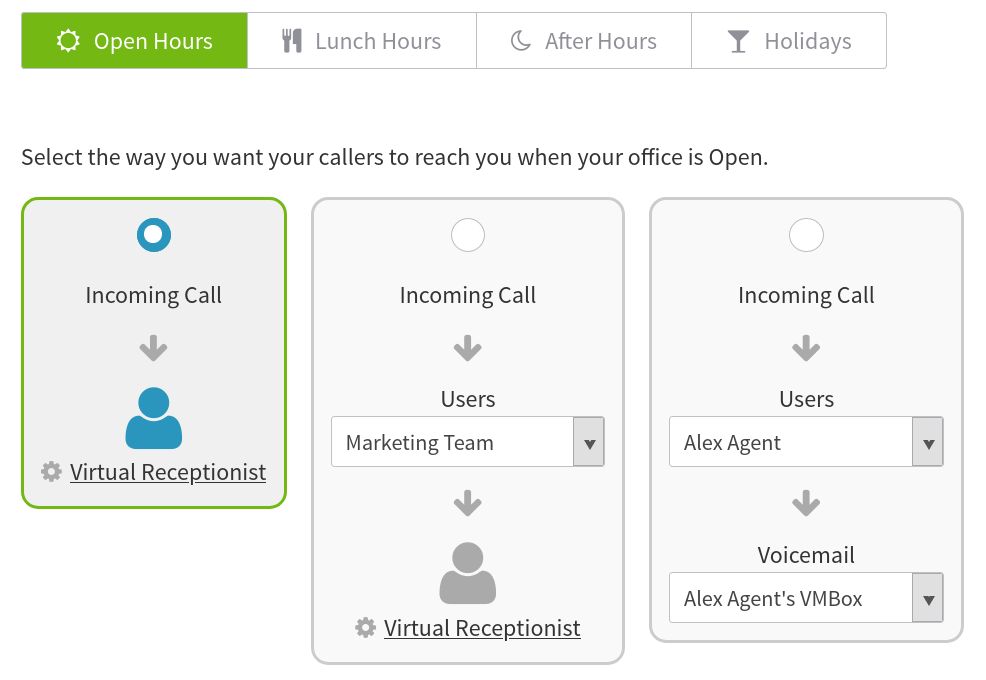 The virtual receptionist (again, my apologies) is the first step in most callers’ journeys to reach a business. Yet there is some wiggle room regarding your office hours with how you might want callers to reach your business.
The virtual receptionist (again, my apologies) is the first step in most callers’ journeys to reach a business. Yet there is some wiggle room regarding your office hours with how you might want callers to reach your business.
One important step to VirtualPBX Phone Plan configuration is the creation of Office Hours. All our Business Phone Plans let you define the hours when your business is open, at lunch, closed, and on holiday. You can then have inbound calls follow pre-determined routes according to those set hours.
Hours when you’re open will likely need to have access to all your departments. A standard path of callers automatically reaching the Auto Attendant would be appropriate here.
When you’re at lunch, however, it could be more useful to set all calls to ring an individual user – say, a live receptionist – before reaching the automated receptionist. Furthermore, your closed hours may demand more direct path to a company-wide voicemail box that doesn’t enter the Auto Attendant greeting and routing at all.
IVR Differences and Similarities
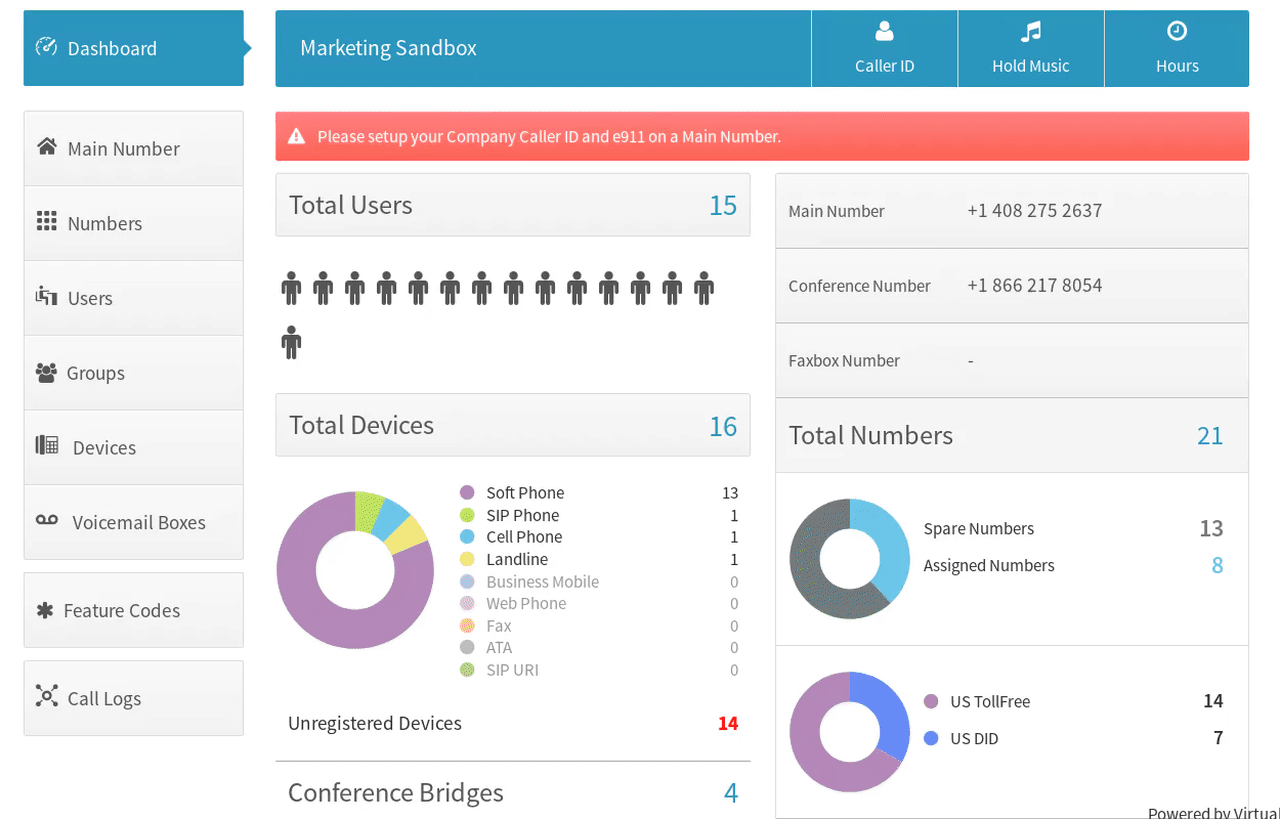 At this point, you should know about pretty much everything that an auto attendant, virtual switchboard, virtual receptionist, and automated teller have to offer. They are straightforward and essential parts of a professional business phone system that route calls according to your preferences.
At this point, you should know about pretty much everything that an auto attendant, virtual switchboard, virtual receptionist, and automated teller have to offer. They are straightforward and essential parts of a professional business phone system that route calls according to your preferences.
There is one distinction we can make beyond all those points though. The term “interactive voice response” system, or IVR, does typically refer to something different than the other terms we’ve clumped together in this article.
You may hear IVR as a generic term that means to stand in for auto attendant and the like. Although they are similar, an IVR is often build to reach much further by using live calculations to determine where a caller should be placed.
IVRs usually have voice recognition and are able to respond to verbal commands. If you were to speak “one” to an IVR with a similar menu to the Management example above, you could have been routed to a management group without having to dial the 1 on your keypad. The IVR may even be able to recognize words and associate them with pre-defined groups – like the phrases “management,” “CEO,” “c-suite,” or “president” could all be mapped to reach that same Management group.
While this all sounds impressive, poor layout with IVRs is often cause for frustration in callers. We’ve discussed on our blog previously about how simple Auto Attendant scripts can keep your callers engaged and give them a great experience with your company.
Let Your Virtual Switchboard Engage Your Callers
Most businesses do not need the expansive reach of an IVR. You can achieve all you need for your small, midsize, or enterprise business with a few lines of dialogue in your greeting and a proper routing setup.
Make sure to set your Business Hours and create a short greeting that tells callers exactly how reach you. Don’t overcomplicate the caller’s journey by giving them a hundred choices at once.
You’re now primed with the knowledge of how a virtual switchboard functions and what it can do for your business. You can get started with new VirtualPBX Phone Plan today and speak to our Sales team about all the features we can offer your business. We’re happy to help you get started, switch from your current provider, or show you in a live Free Demo how the Auto Attendant functions.


